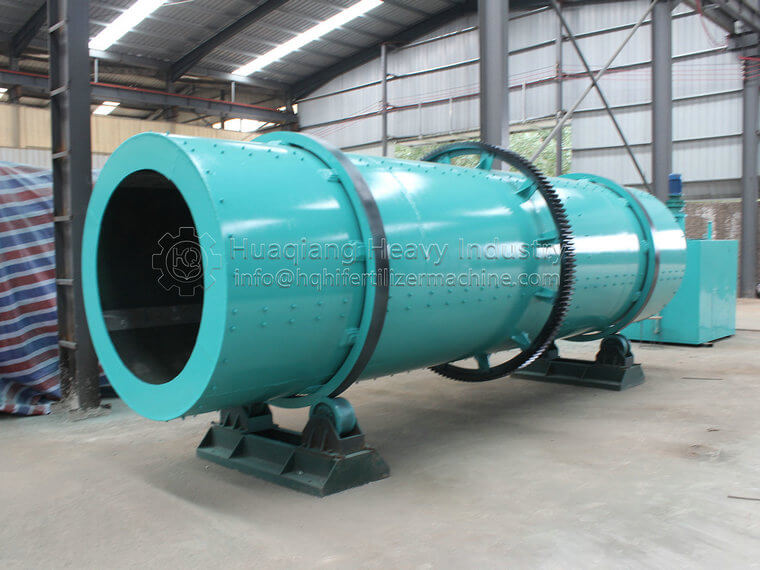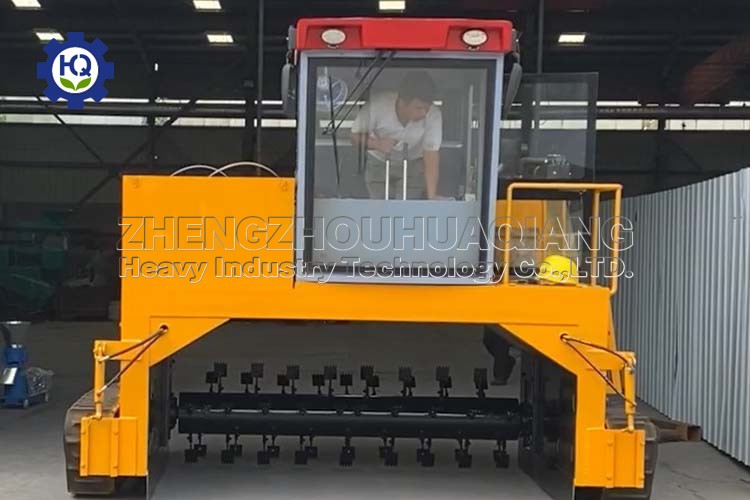The NPK fertilizer production line is a set of process equipment specifically used for producing NPK compound fertilizers. Its main function is to mix various nutrients such as nitrogen (N), phosphorus (P), and potassium (K) in a certain ratio, and make granular compound fertilizers through specific processes. This production line is of great significance in modern agricultural production, as it can achieve customized production of fertilizers, meet the nutrient requirements of different crops at different growth stages, and improve crop yield and quality..jpg)
Firstly, the NPK fertilizer production line has achieved automation and intelligence in fertilizer production. By equipping automatic control systems and advanced production equipment, comprehensive monitoring and precise control of the production process can be achieved, ensuring that each batch of compound fertilizers produced has the same nutritional content and quality. This not only improves production efficiency, but also reduces manual errors, ensuring product consistency and stability.
Secondly, the NPK fertilizer production line can flexibly adjust the fertilizer formula and production process. According to the needs of different crops and the nutritional status of the soil, the ratio of N, P, K and other nutrients can be flexibly adjusted, and an appropriate amount of trace elements and bioactive substances can be added to produce customized fertilizer products that are suitable for specific needs. This flexibility enables the NPK fertilizer production line to meet different agricultural production modes and crop planting needs, providing more refined nutrient management solutions for agricultural production.
In addition, the NPK fertilizer production line also has the characteristics of environmental protection and energy conservation. By adopting closed-loop production processes and efficient equipment, the discharge of wastewater, exhaust gas, and solid waste can be minimized to the greatest extent, reducing environmental pollution and resource consumption. Meanwhile, optimized production processes and equipment design can also reduce energy consumption, improve the energy utilization efficiency of the production process, and meet the requirements of sustainable development.
In summary, the NPK fertilizer production line, as a key process equipment for fertilizer production, plays an important role in improving agricultural production efficiency, improving soil quality, and protecting the ecological environment. With the continuous development of agricultural production and technological progress, the NPK fertilizer production line will continue to play an important role, making greater contributions to agricultural modernization and sustainable development.
.jpg)

.jpg)
.jpg)



.jpg)
